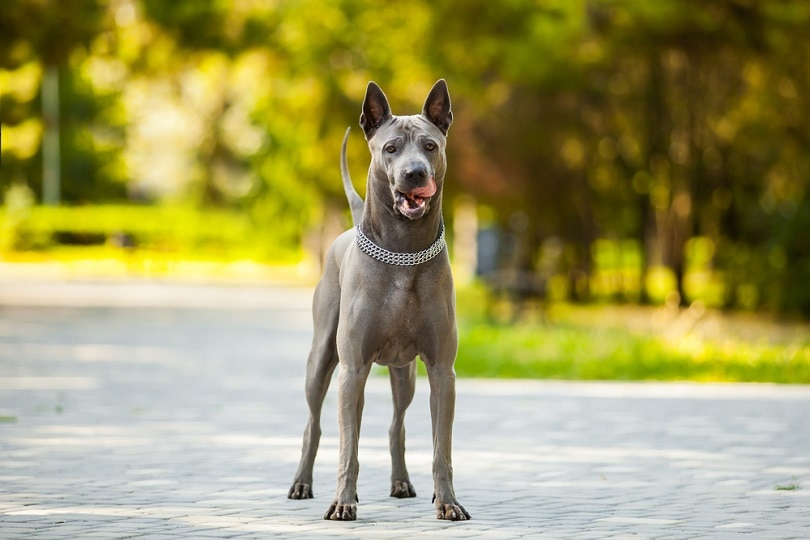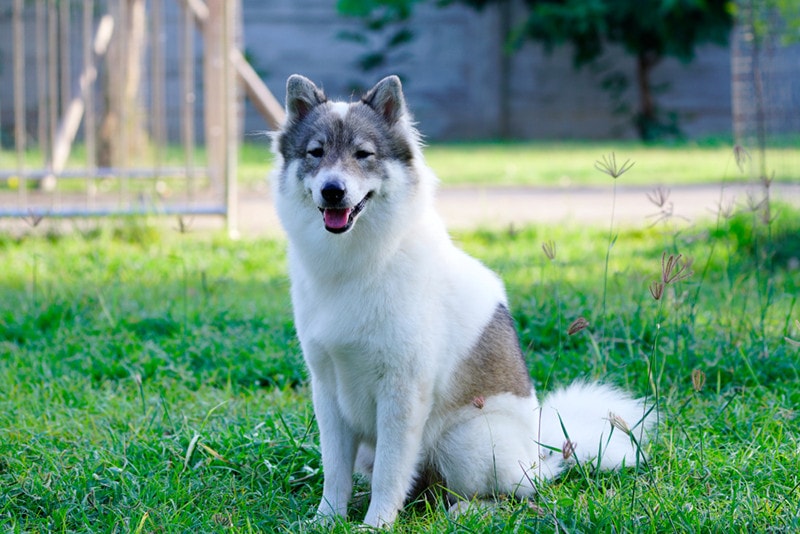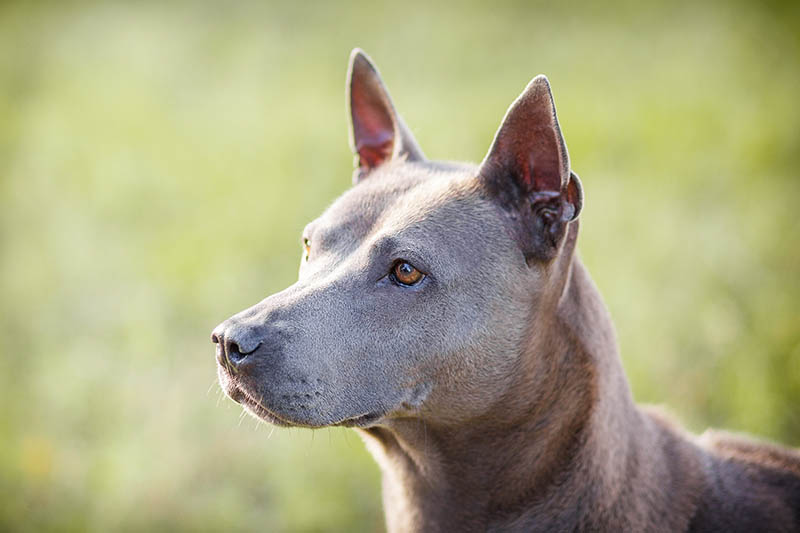If you head to Thailand, you may be lucky enough to see some of the country’s native dogs. While they’re not teeming with unheard-of dog breeds, two distinct breeds come from Thailand.
We’ll examine both dogs below, and we even included a bonus breed that’s common in Thailand but hails from Vietnam!

The 2 Unique Thai Dog Breeds
1. Thai Ridgeback

| Size: | 20–24 inches |
| Weight: | 35–75 pounds |
| Lifespan: | 12–13 years |
The Thai Ridgeback is the most well-known dog originating from Thailand, but even with that distinction, they’re still not as well-known worldwide. They’re incredibly affectionate dogs, but as working dogs at heart, they’re not always the best with children or pets.
They’re high-energy pups that love to play, and perhaps one of their best features is their guard-dog tendencies. They’re ideally suited for these applications, and they love the routine that comes with a regular work schedule.
2. Thai Bangkaew

| Size: | 17–19 inches |
| Weight: | 35–50 pounds |
| Lifespan: | 10–12 years |
The Thai Bangkaew is nowhere near as popular as the Thai Ridgeback, and unless you visit Thailand, there’s a good chance you’ll never hear about them. They’re incredibly high-energy dogs with a Spitz background.
Only the Federation Cynologique International (FCI) formally recognizes the breed. The FCI has 98 member countries, so it is a fairly large breed registry. However, some of the larger clubs, like the American Kennel Club (AKC), have not formally recognized the breed.
However, the Thai Bangkaew’s origins date back to 1900. They’re active working dogs with a very lovable personality.

Thai Ridgeback Facts & History
Currently, the Thai Ridgeback is the only standardized dog breed that all major registries recognize as coming from Thailand. They’re one of only three Ridgeback breeds; the other two are the Rhodesian Ridgeback and the Phu Quoc Ridgeback.
They are muscular dogs with very short coats and outstanding working dogs. They also don’t shed very often, and while they don’t meet the qualifications of a hypoallergenic dog, they create fewer issues than most other breeds.
While you can find Thai Ridgebacks in all shapes and colors, the AKC and most other dog registries only formally recognize solid colors of blue, black, red, and fawn. For the dogs with the red coloring, the Thai Ridgeback may have a black mask.
Thai Bangkaew Facts & History
Bred initially in a small village called Bangkaew, it’s no mystery where the Thai Bangkaew got their name. The first Thai Bangkaews came from a monastery called Wat Bangkaew in the village. They’re a cross between the domestic Thai dog and the Asiatic jackal, but despite that, they fall into the Spitz family today.
Their roots go back to 1900, but it wasn’t until 1957 that breeders started to pick out specific traits for selective breeding. While the AKC and most other dog registries don’t formally recognize the breed, that hasn’t stopped breeders in Thailand from selectively breeding the Thai Bangkaew for over 60 years!
The Phu Quoc Ridgeback
One dog you’ll hear about a lot when talking about Thai dog breeds is the Phu Quoc Ridgeback. While the Thai Ridgeback and the Thai Bangkaew have their roots in Thailand, the Phu Quoc Ridgeback comes from Vietnam.
The Phu Quoc won the Hanoi dog show in 2013 but has yet to gain formal recognition from any major kennel club. If you travel to Vietnam, there’s a good chance you’ll see some of these dogs, especially in the countryside.

Final Thoughts
Now that you know a little more about these rare dog breeds from Thailand, it’s up to you if you want to get one for yourself. Just keep in mind that they both have advantages and disadvantages, so do your research and ensure they’re compatible with your family and lifestyle before you bring one home.
They’re both great pups, but they’re not for everyone, and you don’t want to have to rehome them right after you get them because you didn’t do your research.
See also:
Featured Image Credit: Loboda Dmytro, Shutterstock


















